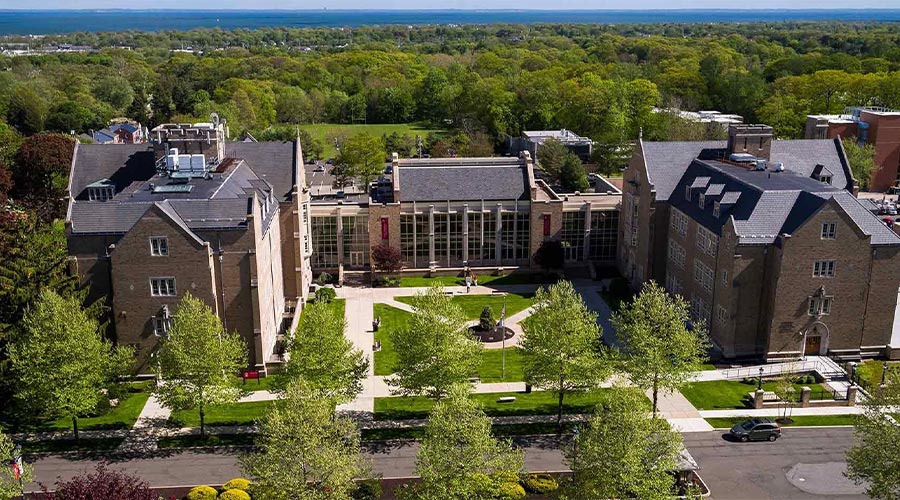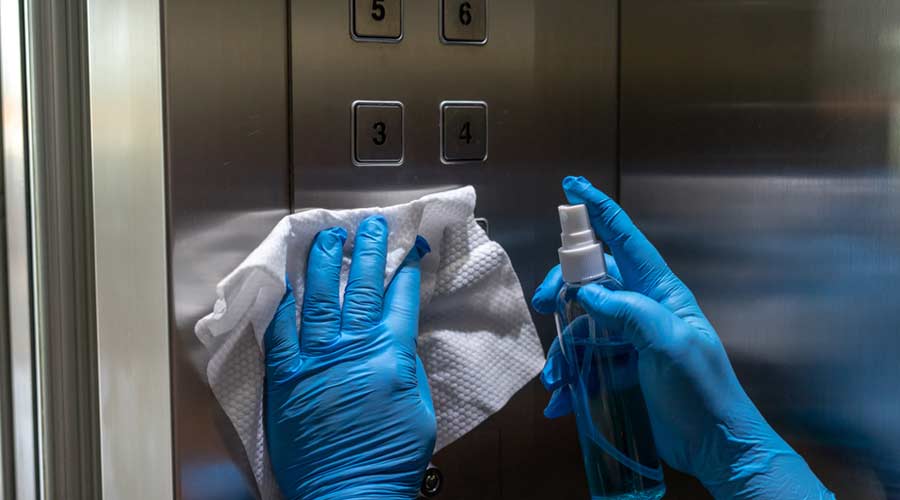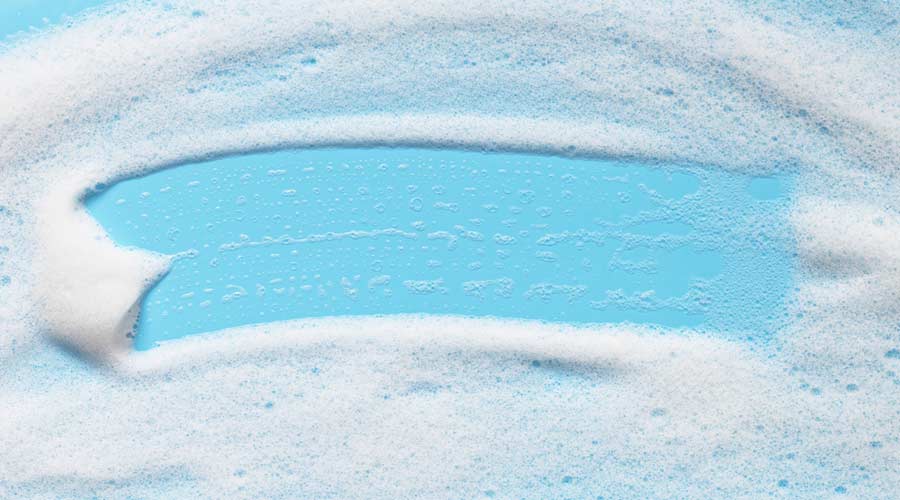
The university's dedication to sustainable building practices is equally impressive. Fairfield now builds facilities with a focus on energy efficiency and aims for high marks from the U.S. Green Building Council’s Leadership in Energy and Environmental Design (LEED) program. As part of the school president's climate commitment, new facilities are designed and built to the LEED Silver standard, incorporating green roofs, energy-efficient designs, and building dashboards.
The Kelley Center, an on-campus building, for example, features recycled materials in carpet tiles, access flooring, structural steel, and ceiling tiles. Windows, up-lighting, and under-floor air systems ensure lower energy use.
Meanwhile, the Jesuit Community Center includes a sod roof for storm water filtration and insulation, large windows for solar heating, and recycled materials in its construction. It also utilizes a closed-loop geothermal heating system for efficient temperature control.
Fairfield University has received a number of awards and recognitions in recent years for its commitment to sustainability on campus. In fact, the U.S. Environmental Protection Agency honored the university with a 2010 Energy Star CHP Award for the energy smart cogeneration systems that combines heat and power.
The success of Fairfield's sustainability initiatives have not only enhanced the university's environmental impact but have also elevated the professional profile of the custodial services team.
“Custodial services play a vital role in achieving institutional sustainability goals. This has led to increased recognition and respect for the team within the university community,” says Rosario, discussing the improved perception of the custodial department because of these community-strengthening initiatives.
For other facility managers looking to implement similar programs, Rosario offers several key insights. First, a strong commitment to sustainability must be embedded within the organizational culture. Second, effective communication and engagement are essential to foster participation from all stakeholders. Third, investing in training and resources for custodial staff is crucial for successful program implementation. Fourth, establishing partnerships with reputable recycling providers ensures the efficient processing of materials. Fifth, integrating sustainability into procurement and cleaning practices minimizes environmental impact.
In addition, Rosario also emphasizes the importance of data-driven decision-making. Regular waste audits and performance tracking allow for continuous improvement and ensure that the program remains effective. He also highlights the importance of fostering a culture of continuous improvement, where feedback and suggestions from the campus community are valued and incorporated.
Furthermore, Rosario stresses the importance of recognizing and celebrating the achievements of the custodial team. Publicly acknowledging their contributions reinforces their sense of value and ownership in the sustainability program.
“This recognition can take many forms, from internal newsletters and campus-wide announcements to participation in sustainability awards and conferences,” he says.
Another key aspect of Fairfield's continued success is its ability to adapt and innovate. The university continually seeks new ways to improve its sustainability practices, exploring emerging technologies and best practices in waste management. This proactive approach ensures that the university remains at the forefront of sustainability within the higher education sector.
Fairfield University's journey towards sustainability, under the watchful leadership of what amounts to a team of sustainability oversight, serves as a compelling example for other facilities. By adopting similar strategies, facility managers can enhance their environmental impact, elevate the professionalism of their teams, and contribute to a more sustainable future.
The university's commitment to education, engagement, continuous improvement, and sustainable building practices sets a high standard for environmental stewardship, and helps to maintain a steady eye as institutions of higher education prepare to navigate uncertain waters.
Jackson Silvanik is the managing editor of Facility Cleaning Decisions, Contracting Profits and Sanitary Maintenance magazines, as well as CleanLink.com.
Taking a Multi-Pronged Approach to Campus Sustainability

 The Down and Dirty on Cleaning in Virus Season
The Down and Dirty on Cleaning in Virus Season How Surfactant Use is Expanding in Commercial Cleaning
How Surfactant Use is Expanding in Commercial Cleaning